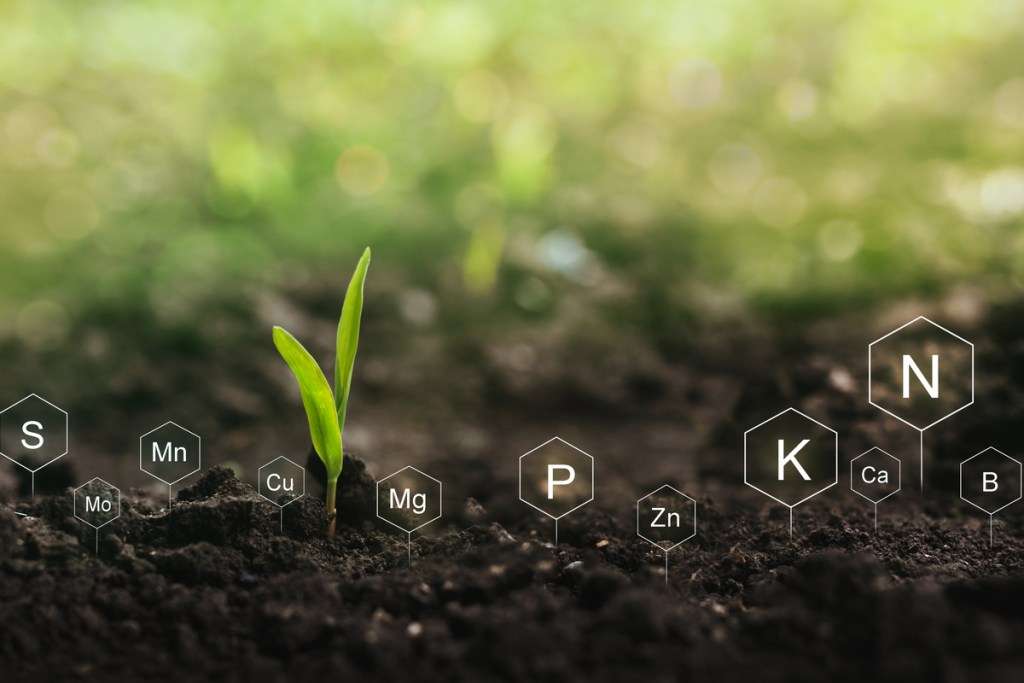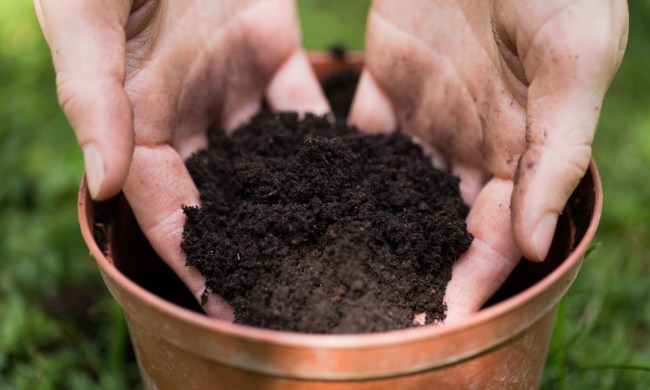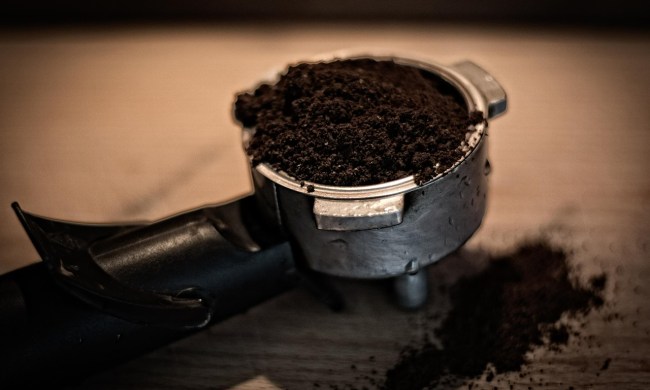Soil is the starting place for most gardens. It’s how plants absorb the nutrients they need, it regulates water drainage, and it keeps them rooted in place. A good soil is the foundation of a great garden, but what if your soil isn’t as good as it could be? You can add things to your existing soil, but you can also make your own custom soil mix. Wondering how to get started? Keep reading to learn all about custom soil mixes and how to make your own.
What are the benefits of custom soil mixes?
Custom soil mixes allow you to control, with certainty, what nutrients are in your soil, the soil’s pH, and its soil type. This can benefit any plant or garden, but it’s especially beneficial if your garden’s soil is naturally poor, or if you have plants that are extremely particular about soil. Creating your own soil mix allows you to tailor your soil to your plants’ specific needs. It can also give you the opportunity to experiment, seeing how plants react to different soil pHs or nutrient levels. This can make for some fun science projects, especially if you have children that are interested in botany or biology.

What should a good soil mix include?
A good soil mix should have all the nutrients that plants need to survive and thrive. There are both macro- and micronutrients which play vital roles in plant growth. The macronutrients are nitrogen, phosphorus, and potassium. The micronutrients are iron, boron, zinc, calcium, manganese, copper, molybdenum, and chlorine. Micronutrients are just as necessary, but they’re used in smaller amounts, which makes them easier to supply. Both macro- and micronutrients can be added to the soil through artificial additives or compost. Soil pH can also be adjusted through additives of both types.
Soil type is another factor to consider. It impacts how quickly water drains, how much air is available, and how dense the soil is. Most plants enjoy well-draining soil, so if you’re making a general mix for multiple plants, then that’s the way to go. However, if you’re crafting your mix to fit a specific plant, take into account that plant’s preferred soil type. The three main soil types are sandy, loamy, and clay. Sandy soils are thinner, lighter, and drain quickly. Loamy soils are rich, a little thicker but not too dense, and well-draining. Clay soils are thick, dense, and drain slowly.

What ingredients do you need for custom mixes?
There are a variety of ingredients you can use for custom mixes, but we’ll be simplifying things a bit by sorting them into two categories. There are base ingredients, which form the majority of the soil mix and create the texture and density of the soil. There are also added ingredients, which are used in much smaller amounts and can impact the nutrient balance or pH of the soil.
Some of the most common base ingredients are:
- Compost
- Peat moss
- Coir
- Vermiculite
- Perlite
Compost adds a lot of nutrients and gives soil a rich, fluffy texture. Peat moss doesn’t add nutrients, but holds water well and adds a lot of volume to the soil mixture without adding weight. It does have an acidic pH, though, so add a base, like limestone, to neutralize the pH. Coir can be used in place of peat moss. It serves much the same purpose, but has a more neutral pH. Vermiculite and perlite both help loosen soil up, adding space for air. Perlite absorbs and holds water, increasing water availability, while vermiculite adds calcium and magnesium.
Anything that you might add to your soil to increase nutrients can be an added ingredient in custom soil mixes, but here are a few of the most common:
- Fertilizer
- Limestone
- Blood meal
- Clay phosphate
- Bone meal
Any type of fertilizer you prefer can be added to your custom soil mix. Limestone neutralizes acidic pHs. Blood meal adds nitrogen, while bone meal and clay phosphate add phosphorus. Although the exact amount you add is up to you, depending on what combination of ingredients you choose and what your plants prefer, these should make up only a fraction of your total soil mix.
Custom soil mixes are great for picky potted plants and discontent container gardens. There’s a lot of freedom and control for the individual gardener, too. The most basic recipe for a custom soil mix is equal parts compost, coir or peat moss, and perlite or vermiculite, with a small amount of any fertilizer or additive you’d like.
Now that you know the basic science behind soil mixes and what the different parts accomplish, you can create the perfect soil mix for your plants.



